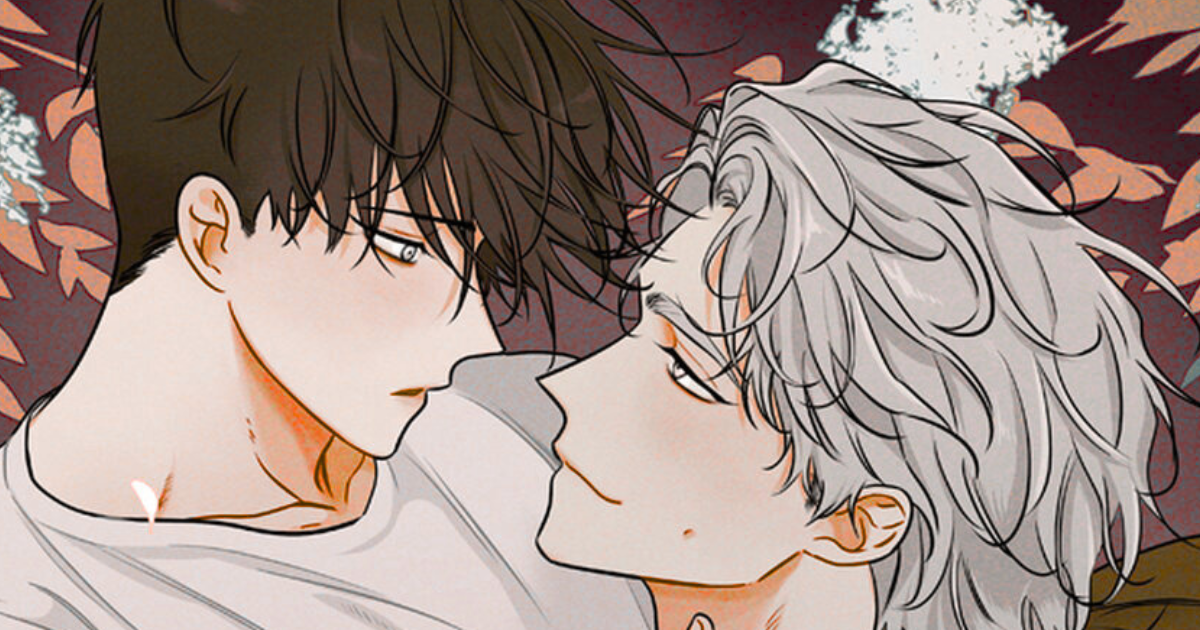If you love coastal adventures, understanding the low tide in Twilight Bato is key to unlocking the area’s hidden wonders. When the tide recedes, it reveals fascinating tide pools, marine life, and unique landscapes that are otherwise underwater.
Twilight Bato’s tidal rhythms are influenced by the moon and sun, creating predictable patterns that locals and visitors can use to plan their explorations. Knowing the Bato tide times helps you catch the best moments to explore safely and responsibly.
In this title, we’ll dive into the science behind low tide, share tips on how to make the most of your visit, and highlight activities you can enjoy during these magical hours. Whether you’re a nature enthusiast, photographer, or traveler, understanding low tide in Twilight Bato will enrich your coastal experience.
What is Low Tide and Why Does It Matter in Twilight Bato?
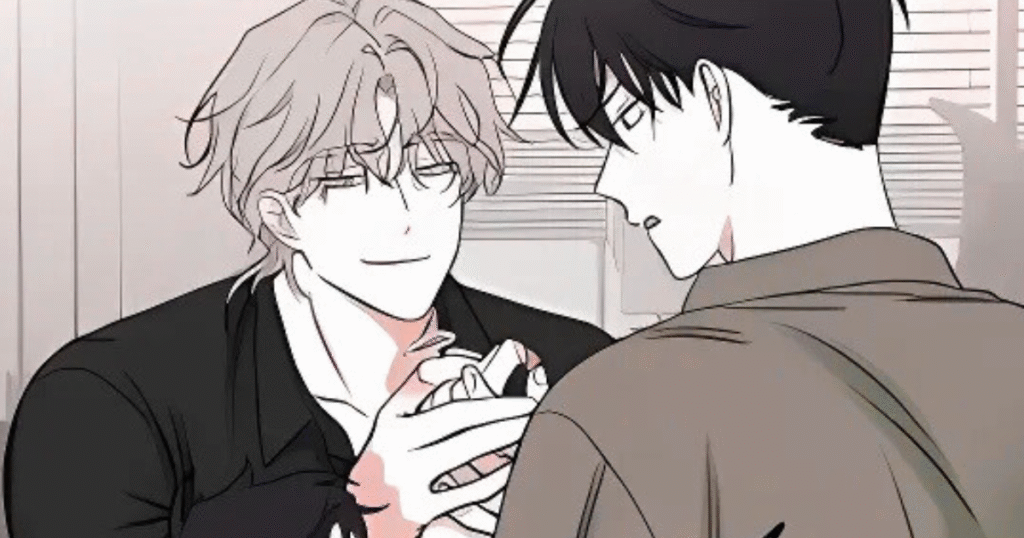
Low tide is a natural event when the ocean’s water level drops to its lowest point during the tidal cycle. This happens because of the gravitational pull exerted by the moon and the sun on Earth’s oceans. In coastal areas like Twilight Bato, low tide exposes parts of the shoreline that are usually hidden beneath the waves, revealing fascinating marine life and unique coastal features.
In Twilight Bato, the low tide schedule is especially important for visitors and locals who want to explore the shore safely and responsibly. When the tide is low, rocky pools, sandy flats, and coral reefs become accessible, offering a rare glimpse into the vibrant underwater world. This is the perfect time for activities like tide pooling, beachcombing, and coastal photography.
Understanding the Bato tide times is essential because tides change throughout the day and vary each day. Twilight Bato experiences a semi-diurnal tide pattern, meaning there are generally two high tides and two low tides every 24 hours. However, the exact timing and height of these tides shift daily due to the moon’s orbit and other environmental factors.
The moon phases play a significant role in the intensity of tides. During full and new moons, Twilight Bato experiences spring tides, which cause higher high tides and lower low tides. These tides expose more of the shoreline, making low tide activities even more rewarding. On the other hand, during quarter moons, neap tides occur, with less dramatic changes in water levels.
For anyone planning to visit Twilight Bato, consulting a tide chart Bato Philippines or a reliable Bato tide forecast is highly recommended. These tools provide detailed information on when low tides will occur, helping you schedule your visit for the best experience. Knowing the tide times also ensures safety, as rising tides can quickly cover exposed areas.
Understanding Bato Tide Times and Patterns
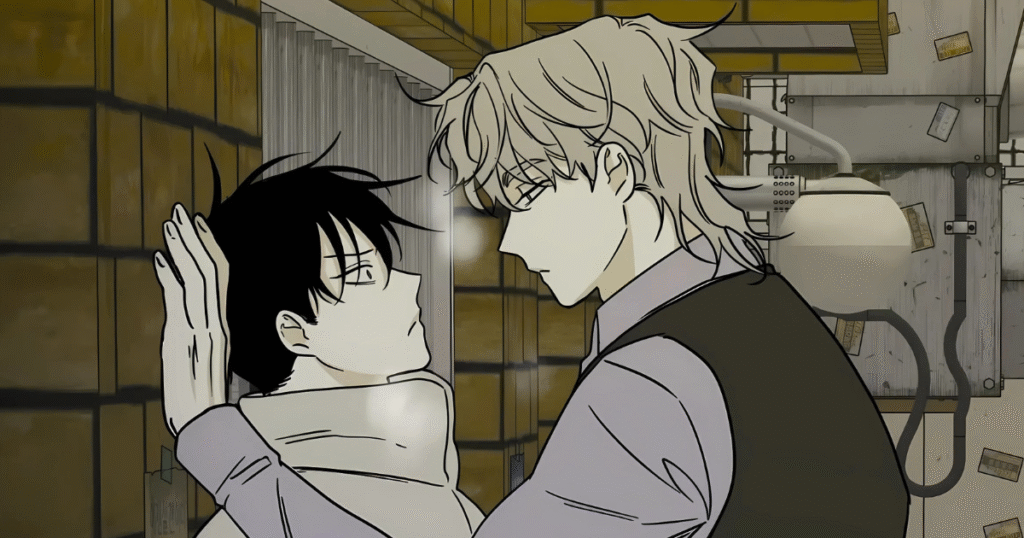
To fully appreciate the natural beauty of Twilight Bato, it’s important to understand how Bato tide times and patterns work. Tides are the regular rise and fall of sea levels caused primarily by the gravitational forces of the moon and the sun. In Twilight Bato, like many coastal areas, tides follow a semi-diurnal pattern, meaning there are usually two high tides and two low tides within a 24-hour period.
However, the exact timing and height of these tides are not fixed. They change daily due to the moon’s orbit around Earth and other environmental factors such as wind and atmospheric pressure. This is why checking a reliable Bato tide forecast or tide chart Bato Philippines before planning your visit is essential. These charts provide detailed information on when low tide will occur, allowing you to schedule your activities accordingly.
Moon phases have a significant impact on the intensity of tides in Twilight Bato. During the full moon and new moon phases, spring tides occur. These tides bring about the highest high tides and the lowest low tides, exposing more of the shoreline and making low tide exploration especially rewarding. Conversely, during the quarter moon phases, neap tides happen, resulting in less extreme tidal changes and smaller differences between high and low tides.
Understanding these patterns is crucial for anyone interested in coastal exploration or fishing. For example, if you’re planning to go tide pooling or beachcombing, visiting during spring low tides will reveal more marine life and tide pools. On the other hand, anglers often use a solunar fishing calendar Bato to predict the best fishing times, which are closely linked to tidal movements and moon phases.
Best Activities During Low Tide in Twilight Bato
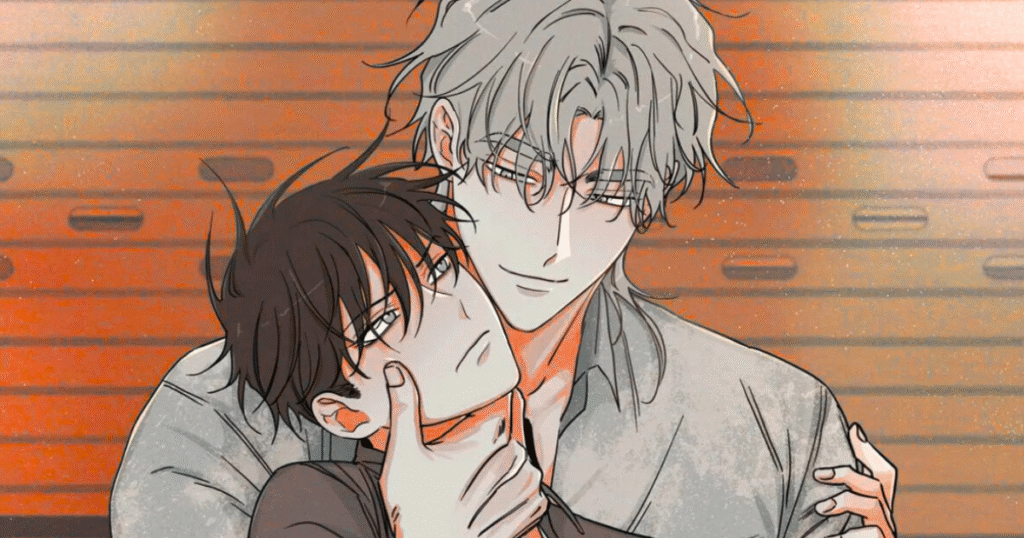
Low tide in Twilight Bato offers a unique opportunity to explore the coastal environment in ways that are impossible during high tide. When the water recedes, it reveals tide pools, rocky shores, and sandy flats teeming with marine life. Whether you’re a nature enthusiast, photographer, or simply looking for a memorable outdoor experience, low tide activities in Twilight Bato are sure to delight.
Tide Pooling and Coastal Exploration
One of the most popular activities during low tide is tide pooling in Bato. As the tide pulls back, small pools of seawater remain trapped in rocky crevices and depressions. These pools become miniature ecosystems filled with starfish, sea anemones, crabs, and colorful algae. Exploring these tide pools offers a close-up look at marine life that is usually hidden beneath the waves. It’s a fantastic way to connect with nature and learn about coastal biodiversity.
Fishing Using Solunar Calendars
Low tide can also be an excellent time for fishing in Twilight Bato. Many anglers rely on a solunar fishing calendar Bato to determine the best times to fish, which often align with tidal movements. Fishing during low tide can be productive because some fish species are more active or easier to catch when the water is receding. Combining knowledge of Bato tide times with solunar data increases your chances of a successful fishing trip.
Beachcombing and Photography
For those who love walking along the shore, low tide reveals vast stretches of sand and interesting natural treasures. Beachcombing during low tide allows you to find shells, driftwood, and other items washed ashore. Photographers will also appreciate the dramatic landscapes and exposed coral reefs that low tide unveils. The interplay of light and shadow on the exposed shoreline creates stunning photo opportunities, especially when timed with sunrise and sunset times Bato.
Safety and Environmental Tips
While exploring during low tide is exciting, it’s important to stay safe and respect the environment. Tides can change quickly, so always be aware of the time and your surroundings. Avoid stepping on delicate coral or disturbing marine creatures in tide pools. Following local guidelines helps protect Twilight Bato’s fragile coastal ecosystem and ensures these natural wonders remain for future visitors.
Planning Your Visit: When is the Best Time to Visit Twilight Bato?
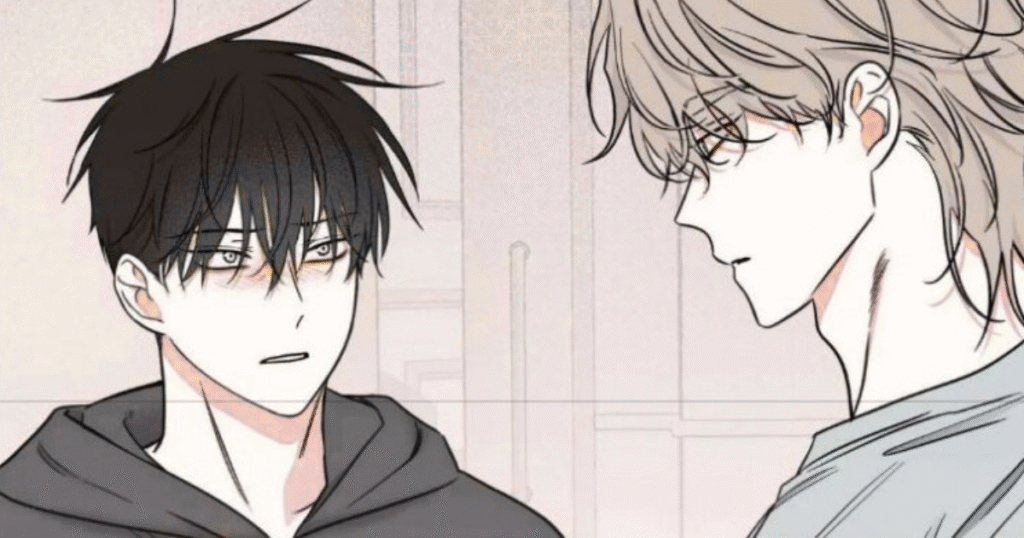
Planning your visit around the low tide in Twilight Bato can make all the difference in your coastal experience. Knowing the best times to explore ensures you get to enjoy the exposed shorelines, tide pools, and marine life safely and fully. To maximize your adventure, it’s important to consult reliable sources for Bato tide times and local weather conditions.
Generally, Twilight Bato experiences two low tides each day, following a semi-diurnal pattern. However, the exact timing of these tides changes daily. Checking a current tide chart Bato Philippines or a trusted Bato tide forecast before your trip will give you precise low tide schedules. Planning your visit during these low tide windows allows you to explore the coastline when the water is at its lowest.
The moon phases also affect the quality of your visit. During spring tides, which occur around new and full moons, the low tides are lower than usual. This means more of the shoreline is exposed, revealing larger tide pools and more marine life. If you want to experience the most dramatic low tide conditions, aim to visit during these periods.
In addition to tides, weather plays a crucial role in your visit. Calm, sunny days provide the best visibility for tide pooling and photography. Checking the weather conditions in Bato ahead of time helps you avoid storms or rough seas that could limit your exploration or pose safety risks.
Safety should always be a priority. Low tide areas can be slippery or have sharp rocks, so wear appropriate footwear and stay aware of the time to avoid being caught by rising tides. Always follow local guidelines and respect the environment to preserve Twilight Bato’s natural beauty.
Environmental Considerations: Respecting the Coastal Ecosystem
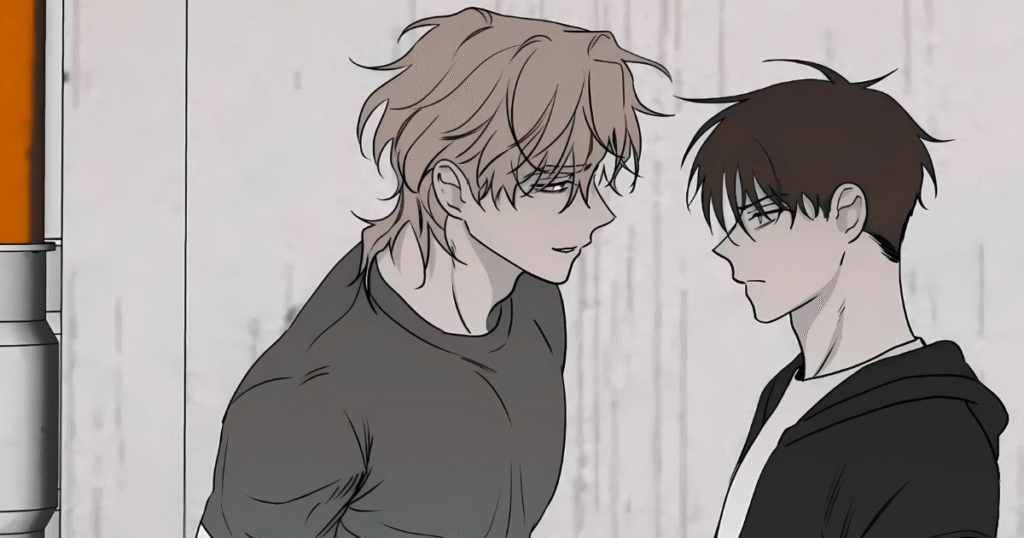
Exploring the low tide areas of Twilight Bato is a wonderful way to connect with nature, but it also comes with the responsibility to protect this delicate environment. The coastal ecosystem is home to many fragile species and habitats that can be easily damaged by careless behavior. Understanding and practicing eco-friendly habits ensures that Twilight Bato remains a vibrant and thriving place for future generations.
One of the most important things to remember when exploring during low tide is to avoid disturbing marine life. Tide pools, for example, are miniature ecosystems where starfish, sea anemones, crabs, and other creatures live in close quarters. Picking up or moving these animals can cause stress or injury. Instead, observe them gently and from a distance. This respect helps maintain the natural balance and biodiversity of the area.
Another key consideration is to stay on designated paths or rocky areas to minimize damage to sensitive habitats like coral reefs and seagrass beds. These habitats are crucial for marine species and help protect the coastline from erosion. Walking on coral or trampling plants can cause irreversible harm. Using proper footwear and being mindful of your steps can significantly reduce your impact.
Littering is a major threat to coastal environments worldwide. Always carry out everything you bring in, including food wrappers, bottles, and other trash. Even biodegradable items like fruit peels can disrupt the local ecosystem. Encouraging others to do the same helps keep Twilight Bato’s shores clean and safe for wildlife.
Avoid collecting shells, rocks, or marine organisms as souvenirs. Removing these natural elements can alter the habitat and reduce resources for local wildlife. Instead, take photos and memories with you to share the beauty of the area without causing harm.
Sunrise and Sunset Times in Bato: Enhance Your Low Tide Experience
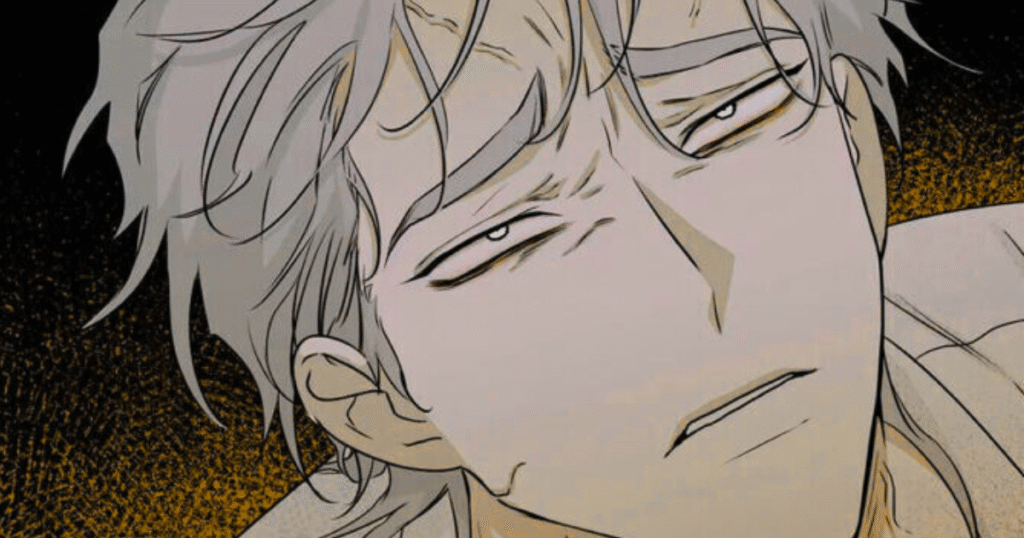
Timing your visit to Twilight Bato around the sunrise and sunset times Bato can elevate your experience of the low tide even further. These magical hours not only provide stunning natural light but also create a peaceful and serene atmosphere that complements the coastal exploration perfectly.
Sunrise in Twilight Bato often bathes the shoreline in soft, golden hues, casting long shadows across exposed tide pools and rocky flats. This gentle light enhances the vibrant colors of marine life and coastal vegetation, making it an ideal time for photography and quiet reflection. Early morning low tides combined with sunrise offer a unique opportunity to enjoy the calmness of the beach before it becomes busier later in the day.
Similarly, sunset brings a dramatic and colorful backdrop to the already breathtaking views of the receding tide. The sky often lights up with shades of orange, pink, and purple, reflecting off the wet sand and shallow pools. Many visitors find that exploring during this time creates memorable moments and perfect photo opportunities. Pairing your low tide visit with sunset also allows you to experience the transition from day to night in a tranquil setting.
In addition to the aesthetic benefits, visiting during sunrise or sunset can also be practical. These times tend to be cooler and less crowded, giving you more space to explore tide pools and coastal features comfortably. It’s also a great way to avoid the midday heat, especially in tropical climates like Twilight Bato.
To make the most of these experiences, it’s helpful to check the local sunrise and sunset times Bato in advance. This allows you to plan your arrival so you don’t miss the best light or the ideal low tide window. Combining this information with a tide chart Bato Philippines ensures you’re in the right place at the right time.
Conclusion
Exploring the low tide in Twilight Bato offers a remarkable chance to discover the hidden beauty of this coastal area. By understanding the Bato tide times, moon phases, and local weather conditions, you can plan your visit to coincide with the most rewarding low tide experiences. Whether you’re tide pooling, fishing using a solunar fishing calendar Bato, or simply enjoying a peaceful walk along the shore, low tide reveals a fascinating world often unseen.
FAQs About Low Tide in Twilight Bato
What causes low tide in Twilight Bato?
Low tide in Twilight Bato, like elsewhere, is caused by the gravitational pull of the moon and the sun on Earth’s oceans. This pull causes the water level to fall, exposing parts of the shoreline that are usually underwater.
2How often does low tide occur in Twilight Bato?
Twilight Bato experiences a semi-diurnal tide pattern, meaning there are typically two low tides and two high tides every 24 hours. The exact timing changes daily due to the moon’s orbit and other factors.
Where can I find accurate Bato tide times and forecasts?
Reliable Bato tide times and forecasts can be found on tide websites such as TideTime.org and Tide-Forecast.com, which provide detailed 7-day tide charts, moon phases, and weather conditions for Bato, Philippines.
When is the best time to visit Twilight Bato for low tide activities?
The best time to visit is during spring tides, which occur around new and full moons. During these times, low tides are at their lowest, exposing more of the shoreline for tide pooling, beachcombing, and fishing.
What activities can I do during low tide in Twilight Bato?
Popular activities include tide pooling to observe marine life, beachcombing for shells and driftwood, fishing using solunar calendars, and coastal photography, especially during sunrise or sunset low tides.
How do moon phases affect the tides in Twilight Bato?
Moon phases influence tide heights: spring tides (new and full moons) bring higher highs and lower lows, while neap tides (quarter moons) cause less extreme tidal changes. This affects how much of the shore is exposed during low tide.
What safety and environmental tips should I follow during low tide exploration?
Always check tide times to avoid being caught by rising water. Respect marine life by not disturbing tide pools or coral reefs, wear appropriate footwear, and avoid littering to protect Twilight Bato’s fragile coastal ecosystem.

